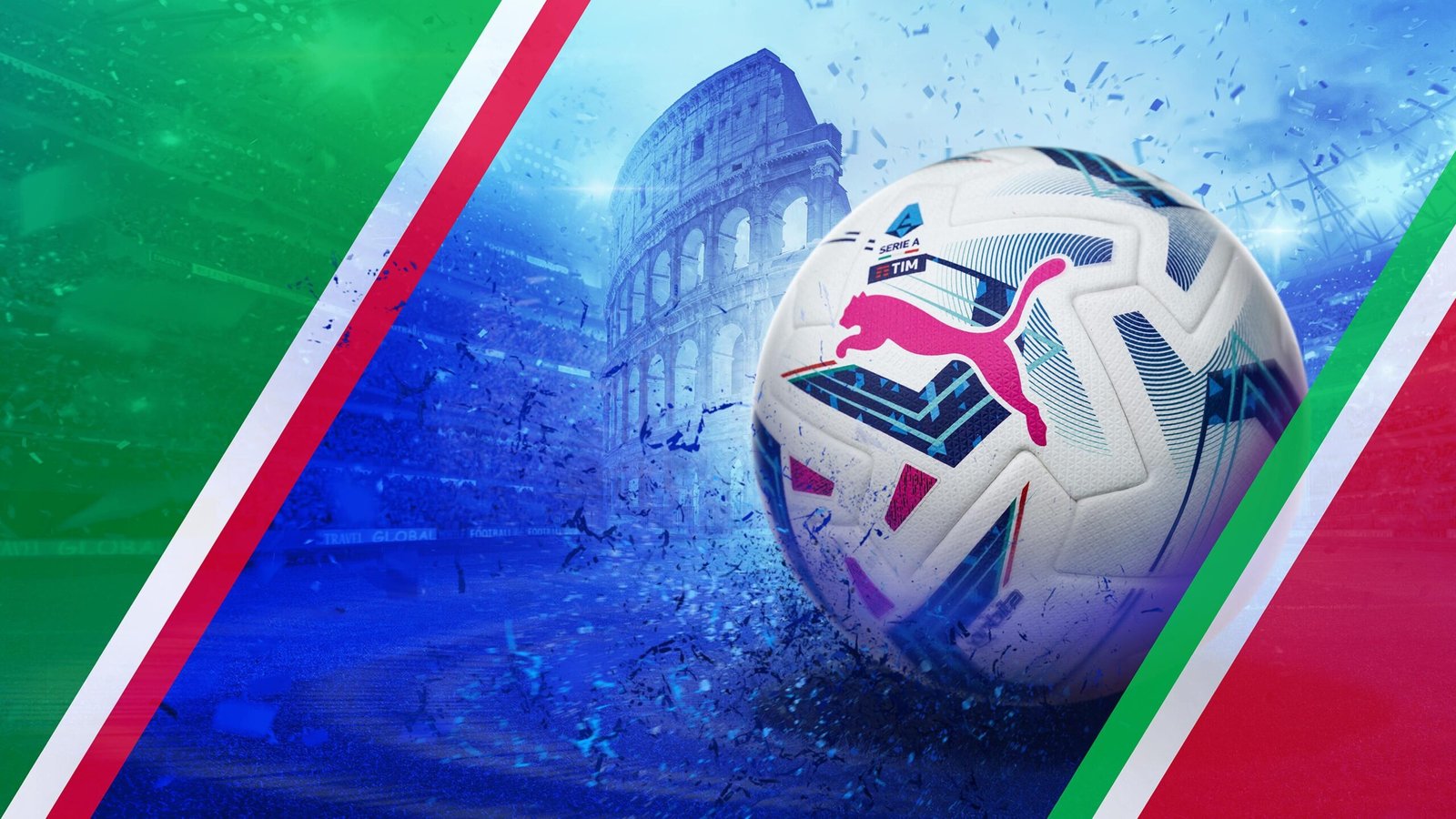Italian football, once the epitome of European dominance, has seen its glory days wane over the last two decades. The Serie A, home to legendary clubs like AC Milan, Inter Milan, and Juventus, ruled European football during the late 1980s and 1990s. However, the league no longer commands the same influence it once did. What happened to the league that was once the crown jewel of European football? Let’s explore the factors behind the decline of Serie A and its current state in the footballing world.
The Glory Days of Serie A
During the late 20th century, Serie A was widely regarded as the best football league in the world. Clubs like AC Milan, under the guidance of legendary coach Arrigo Sacchi, revolutionized the game with their tactical prowess. AC Milan’s dominance in the European Cup (now the UEFA Champions League) and Juventus’ consistency in Europe were symbols of Italian football’s supremacy.
The 1990s were particularly golden, with Serie A clubs consistently reaching the later stages of European competitions. Iconic players such as Diego Maradona, Ronaldo Nazário, Roberto Baggio, and Franco Baresi graced the league, elevating its global appeal. The league attracted the best talent, boasted fierce rivalries, and was a tactical playground for some of the world’s greatest managers.
What Went Wrong for Serie A?
1. Financial Instability
One of the biggest reasons behind Serie A’s decline has been financial instability. Poor financial management and lack of sustainable investment strategies have left many clubs struggling to compete with their European rivals. The rise of the English Premier League (EPL), fueled by lucrative broadcasting deals, left Serie A far behind in terms of revenue generation.
Clubs that were once dominant, like Parma and Lazio, experienced financial crises, leading to their fall from grace. Meanwhile, top talents began favoring the Premier League and La Liga, which offered more competitive salaries and better financial stability.
2. Infrastructure Issues
While other leagues were modernizing their stadiums and facilities, many Serie A clubs were left behind. Italy’s outdated stadiums have been a significant deterrent for fans and players alike. Clubs in Spain, Germany, and England invested heavily in upgrading their venues, creating an environment that was more appealing to global audiences and international players.
3. Tactical Conservatism
Serie A’s reputation as a league dominated by defensive football, often termed “catenaccio,” has also played a role in its decline. While the style was once admired, it struggled to adapt to modern football’s demand for faster and more entertaining gameplay. This tactical conservatism made Serie A less appealing to younger audiences, who were drawn to the high-energy styles of the Premier League or Bundesliga.
4. Scandals and Controversies
The Calciopoli scandal of 2006 dealt a massive blow to Serie A’s credibility. The match-fixing scandal, which implicated top clubs like Juventus, damaged the league’s reputation on the global stage. Although Juventus eventually recovered, the league as a whole suffered, with fans and sponsors turning their attention to other leagues.
5. Global Competition
The globalization of football has also hurt Serie A’s ability to compete. The EPL’s aggressive marketing campaigns have captured fans from all corners of the globe, while La Liga’s showcase of Lionel Messi and Cristiano Ronaldo created a rivalry that transcended football. Serie A, despite its rich history, struggled to market itself as effectively, particularly to younger, international audiences.
The Current State of Serie A
Despite its challenges, Serie A has shown signs of recovery in recent years. Clubs like Inter Milan and AC Milan have started investing in young talent, while Juventus’ consistent Champions League performances have helped keep the league relevant. Additionally, stars like Zlatan Ibrahimović, Romelu Lukaku, and Victor Osimhen have brought renewed excitement to the league.
Serie A is also making efforts to modernize its infrastructure, with clubs like Juventus and AS Roma leading the way with stadium renovations. However, more collective efforts are needed from all clubs to restore the league’s former glory.
Can Serie A Regain Its Dominance?
For Serie A to return to the pinnacle of European football, it needs a multi-pronged approach:
- Financial Revitalization: Clubs must focus on sustainable spending and find innovative ways to boost revenue.
- Youth Development: Emphasizing homegrown talent can reduce dependence on expensive transfers and build stronger identities for clubs.
- Modern Marketing: Serie A must improve its global marketing efforts to attract international fans and sponsors.
- Infrastructure Improvements: Modernizing stadiums and facilities will enhance the fan experience and attract bigger audiences.
While the road to recovery is long, Serie A’s rich history and passionate fanbase provide a strong foundation for future growth.
Support Serie A Clubs
Are you a fan of Serie A and its legendary clubs? Whether you support AC Milan, Inter Milan, Juventus, or any other team in the league, you can show your love for Italian football by staying connected with them through Wicket 71.
Wicket 71 provides a platform for fans to celebrate their favorite teams, keep up with the latest Serie A news, and engage with a community of passionate football supporters.
